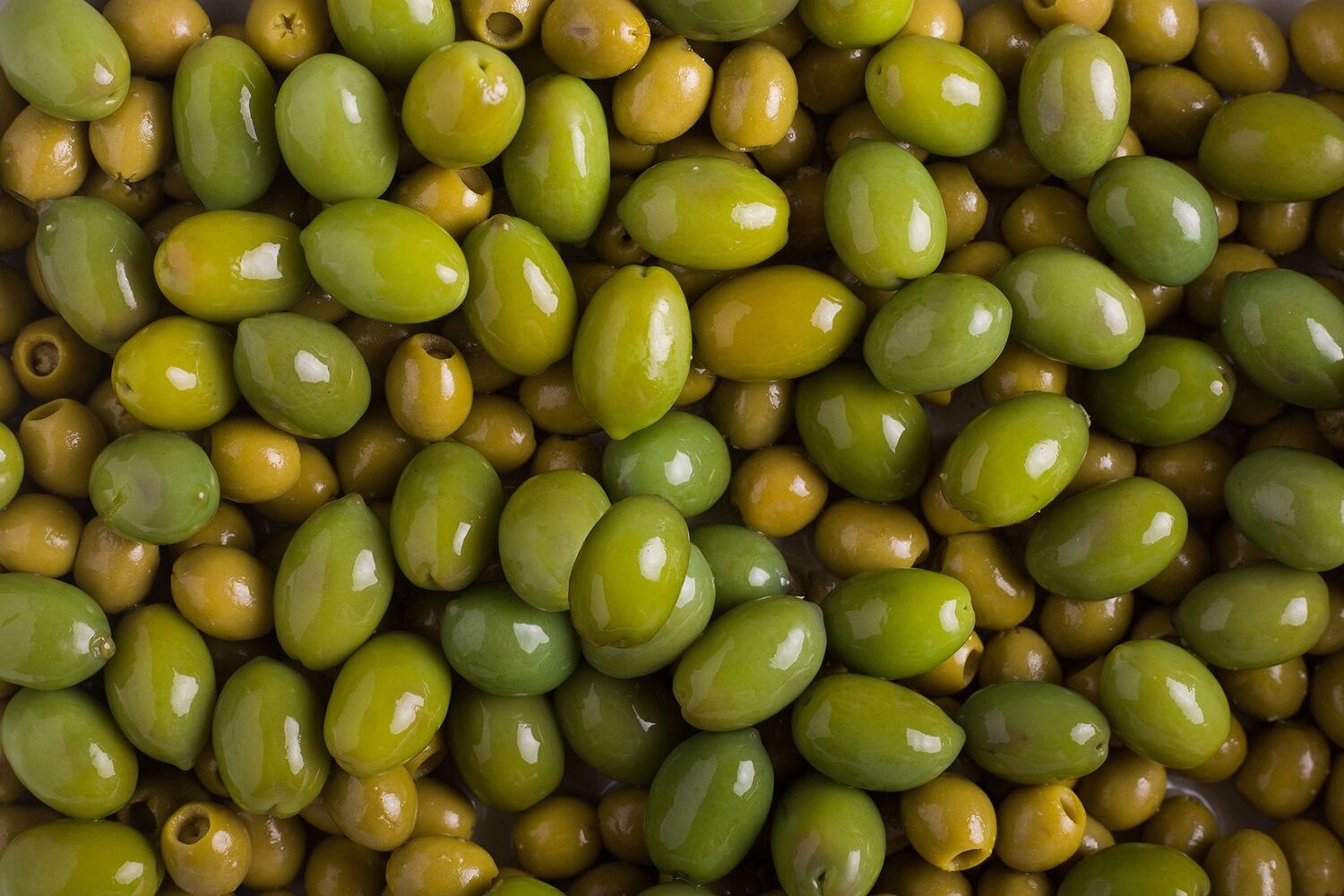
Are olives fruits or vegetables? This question might surprise you, but olives are actually fruits! Yes, those tiny, tangy morsels you find on pizzas or in salads belong to the fruit family. Olives grow on trees and come in various colors like green, black, and even purple. They have been a staple in Mediterranean diets for thousands of years, prized not just for their taste but also for their health benefits. Packed with antioxidants, healthy fats, and vitamins, olives are more than just a tasty snack. Ready to learn more about these amazing fruits? Let's dive into 30 fascinating facts about olives!
Key Takeaways:
- Olives have a rich history dating back thousands of years, with origins in the Mediterranean region. They were used as currency and symbolized peace and victory in ancient times.
- Olives come in over 1,000 varieties, offering unique flavors and shapes. They are not only delicious but also packed with nutrients, making them a healthy and versatile ingredient in various cuisines.
Origins and History of Olives
Olives have a rich history that spans thousands of years. They have been a staple in various cultures and cuisines. Here are some fascinating facts about their origins and history.
- Olives were first cultivated around 6,000 years ago in the Mediterranean region.
- Ancient Greeks considered olive trees sacred and believed they were a gift from the goddess Athena.
- The oldest known olive tree, located in Crete, is estimated to be over 3,000 years old.
- Olive oil was used as a form of currency in ancient civilizations, including Egypt and Rome.
- The olive branch has been a symbol of peace and victory since ancient times.
Types and Varieties of Olives
Olives come in many shapes, sizes, and flavors. Each variety has unique characteristics that make it special.
- There are over 1,000 different varieties of olives grown worldwide.
- Green olives are simply unripe olives, while black olives are fully ripened.
- Kalamata olives, originating from Greece, are known for their almond shape and dark purple color.
- Manzanilla olives, popular in Spain, are often stuffed with pimentos or garlic.
- Castelvetrano olives from Sicily are famous for their bright green color and mild, buttery flavor.
Nutritional Benefits of Olives
Olives are not just tasty; they are also packed with nutrients that offer numerous health benefits.
- Olives are rich in healthy monounsaturated fats, which can help reduce the risk of heart disease.
- They are a good source of vitamin E, an antioxidant that protects cells from damage.
- Olives contain oleuropein, a compound with anti-inflammatory and antimicrobial properties.
- Eating olives can help improve bone health due to their high calcium content.
- They are low in carbohydrates, making them a great snack for those on a low-carb diet.
Culinary Uses of Olives
Olives are incredibly versatile and can be used in a variety of dishes, from appetizers to main courses.
- Olives are a key ingredient in Mediterranean cuisine, often found in salads, tapenades, and pasta dishes.
- Olive oil, made from pressed olives, is a staple in cooking and baking.
- Olives can be stuffed with various fillings, such as cheese, nuts, or anchovies, for a delicious appetizer.
- They are often used as a topping for pizzas and flatbreads.
- Olives can be marinated with herbs and spices to enhance their flavor.
Fun and Unusual Facts About Olives
Olives have some quirky and lesser-known facts that make them even more interesting.
- Olive trees can live for hundreds of years, with some even reaching over 1,000 years old.
- The olive tree is mentioned multiple times in the Bible, symbolizing peace and prosperity.
- Spain is the largest producer of olives in the world, followed by Italy and Greece.
- Olive oil was used in ancient Olympic Games to anoint athletes' bodies.
- The word "olive" comes from the Latin word "oliva," which means "olive tree."
Environmental Impact of Olive Cultivation
Olive farming has both positive and negative effects on the environment. Understanding these impacts can help promote sustainable practices.
- Olive trees are drought-resistant and can thrive in arid conditions, making them ideal for dry climates.
- Traditional olive farming methods can help prevent soil erosion and promote biodiversity.
- However, intensive olive farming can lead to water depletion and soil degradation if not managed properly.
- Organic olive farming practices are becoming more popular, reducing the use of harmful pesticides and chemicals.
- Olive oil production generates waste, but innovative methods are being developed to recycle and repurpose this byproduct.
The Olive Truth
Olives pack a punch in both flavor and history. From their ancient roots in the Mediterranean to their modern-day culinary uses, these little fruits have made quite an impact. Rich in healthy fats, antioxidants, and vitamins, olives offer numerous health benefits. They can help reduce inflammation, improve heart health, and even support brain function.
Whether you prefer them green or black, stuffed or plain, olives are a versatile addition to many dishes. They can be enjoyed in salads, tapenades, or simply as a snack. Plus, olive oil, derived from these fruits, is a staple in kitchens worldwide, known for its health benefits and delicious taste.
So next time you pop an olive into your mouth, remember you're not just enjoying a tasty treat; you're partaking in a piece of history and a bundle of health benefits.
Frequently Asked Questions
Was this page helpful?
Our commitment to delivering trustworthy and engaging content is at the heart of what we do. Each fact on our site is contributed by real users like you, bringing a wealth of diverse insights and information. To ensure the highest standards of accuracy and reliability, our dedicated editors meticulously review each submission. This process guarantees that the facts we share are not only fascinating but also credible. Trust in our commitment to quality and authenticity as you explore and learn with us.


